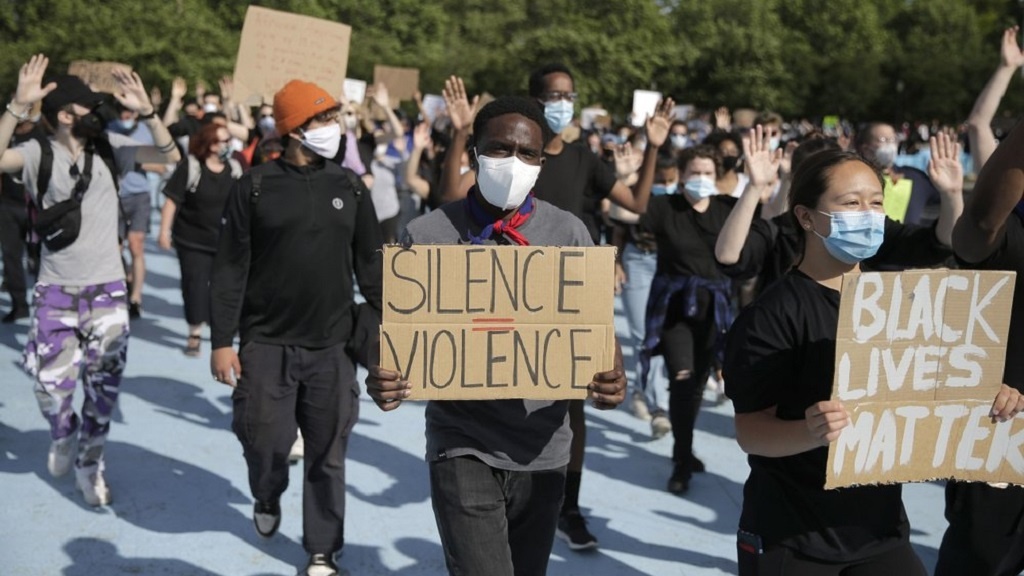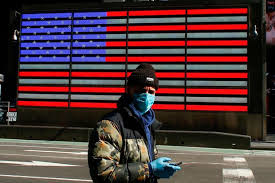
Dying While Dying: COVID-19 & Police Brutality in Black America

COVID-19 Part 7: New York and Massachusetts Continue to Improve – Sweden Is Less Clear – Monitoring Georgia 17 Days After Lifting Restrictions

COVID-19 Part 6: Massachusetts Tops New York in Daily Casualties While Sweden Seems to Magically Improve

COVID-19 Part 5: Massachusetts Tops New York in Number of Daily New Cases Per Capita

